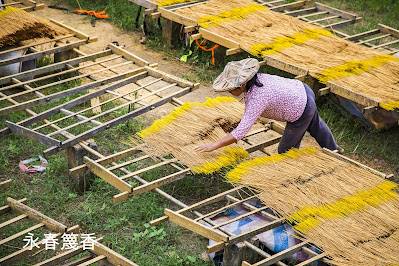Mission :
● Provide Creative Commons licenses and public domain tools that give every person and organization in the world a free, simple, and standardized way to grant copyright permissions for creative and academic works; ensure proper attribution; and allow others to copy, distribute, and make use of those works
● Work closely with major institutions and governments to create, adopt and implement open licensing and ensure the correct use of CC licenses and CC-licensed content
● Support the CC Global Network, a community initiative working to increase the volume, breadth, and quality of openly available knowledge worldwide
● Steward the Open COVID Pledge, which calls on organizations around the world to make their patents and copyrights freely available in the fight against the COVID-19 pandemic.
● Develop technology like CC Search that makes openly licensed material easier to discover and use
● Offer the Creative Commons Certificate, an in-depth course for people interested in becoming experts in creating and engaging with openly licensed works
● Produce CC Summit, an annual event that brings together an international group of educators, artists, technologists, legal experts, and activists to promote the power of open licensing and global access
● Support global Open Education and GLAM communities
CC-BY or Creative Commons Attribution is considered the most open of the CC licenses. With this license, the user can distribute, remix, tweak, and build upon the original, so long as the original creator is given credit, or attribution.
For those who want their work to be built upon, improved, and shared widely, this license is the best bet. It will give that exposure and the ability to improve the scholarly conversation, but will ensure that the original creator's name stays with the content.
For those who want to ensure their work remains open and is never used in a traditionally published resource in the future, this is a good option. It helps to make sure the content is always open.
CC-BY-NC or Creative Commons Attribution NonCommercial is among the first of the licenses that start to be more restrictive in their permissions. While a user can still remix, tweak, and build upon the work, all while attributing the original creator, the NC part of the license makes it so that new works cannot be used commercially.
Some faculty may be concerned that their work could be used commerically down the road. If that is something you would like to avoid, this license may be the best choice. It still allows for flexibility with the material, but keeps it from being used for profit.
CC-BY-NC-SA or Creative Commons Attribution NonCommercial ShareAlike, carries the same permissions as CC-BY-NC except that any new creations must be licensed under identical terms.
For faculty who are concerned about their work being used commercially, and want to make sure that their work is always open, this license is a good fit.
CC-BY-ND or Creative Commons Attribution NoDerivs is a more restrictive license. It allows you to redistribute the material commercially or non-commercially but the user cannot make any changes whatsoever to the original, i.e. no derivatives of the original work. It must be shared without changes and in its entirety, while crediting the original creator.
While still considered an open license, CC-BY-ND only permits the user to share. It does not allow anyone to expand upon the original content or remix it, giving less freedom to the users. So it is on the restrictive end of open.
CC-BY-NC-ND or Creative Commons Attribution NonCommercial NoDerivs, is the most restrictive license offered by Creative Commons. With this license, the user (while attributing the original creator) can only share the work but not change it in any way or ever use it commercially.
This is technically still considered open since it does not have a commercial charge for sharing the work, but it does not offer any flexibility with the material should someone wish to remix and adapt it.
This is the traditional copyright symbol with which most are familiar. This symbol indicates "all rights reserved" to the original creator or publisher, and does not allow for any of the permissions expressed by the open licenses. On a sliding scale of open, this sits at the opposite end from CC-BY, which allows for all of the 5R permissions to retain, revise, reuse, remix, and redistribute. With a traditional copyright, none of this is possible unless direct permission is granted from the publisher/creator.

















